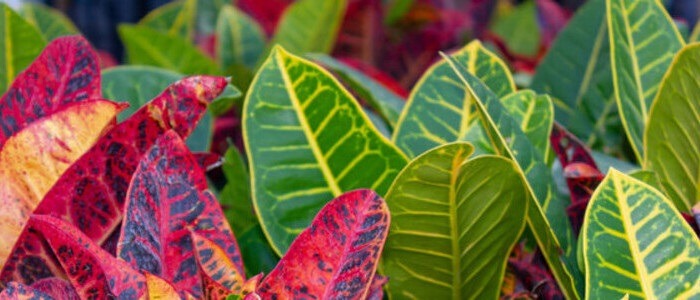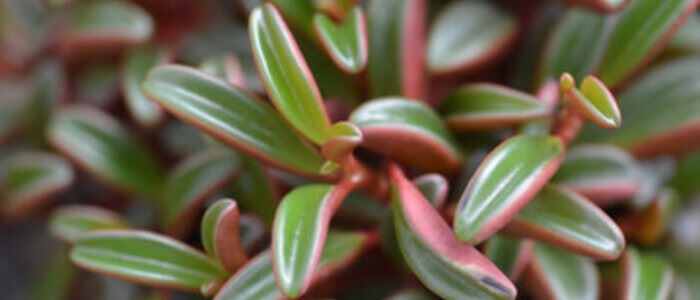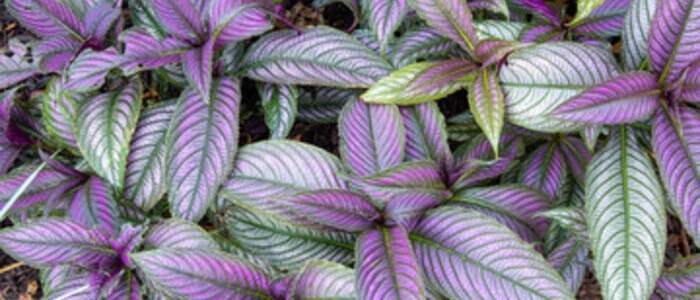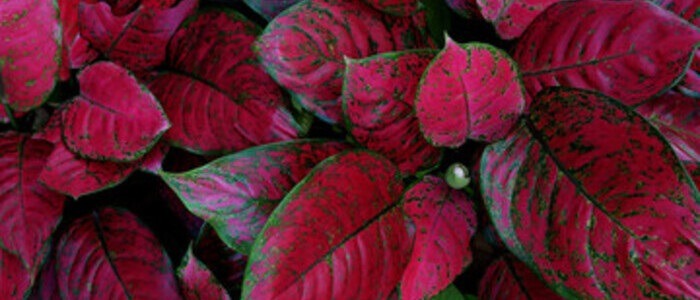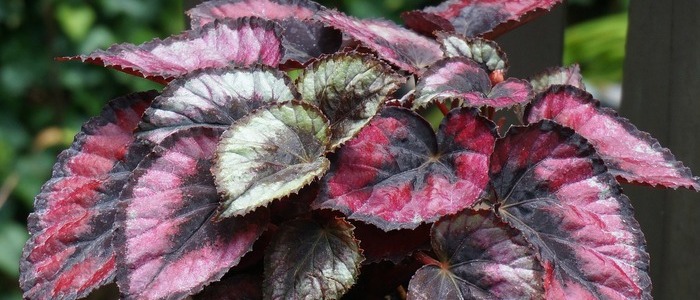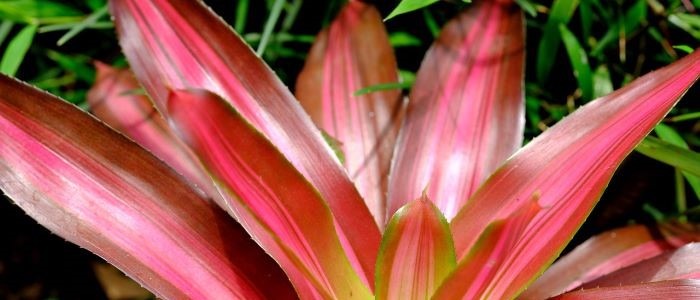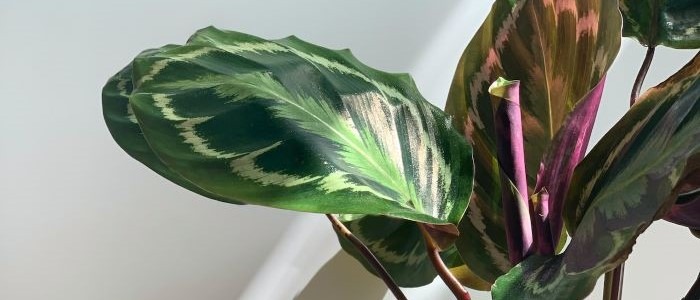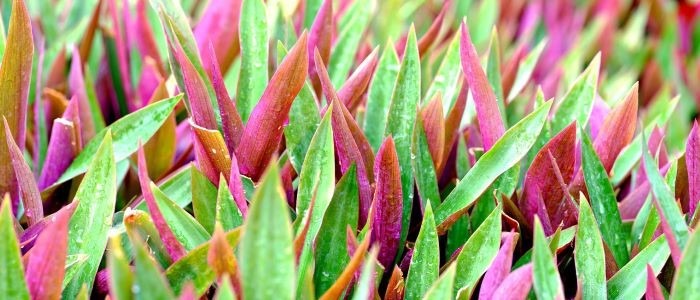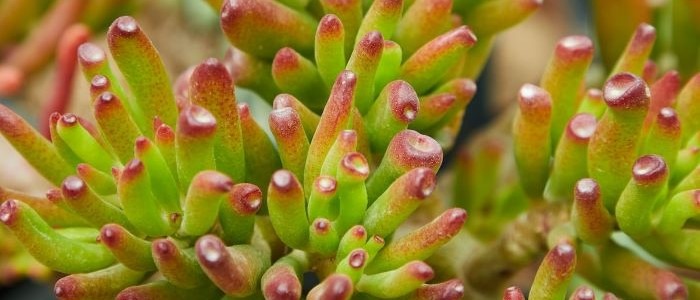You can enhance your home by adding Cordyline plants to your garden. It is a great way to add some exotic flair to your landscaping. These plants, also known as Ti plants, are native to tropical regions and have striking foliage in a variety of colors and patterns.
These unique, eye-catching Cordyline plants are also easy to care for and normally do well both indoors and outdoors, making them a versatile addition to any garden.
Their vibrant leaves can instantly brighten up any space, whether placed in a pot on your patio or in a corner of your living room. With proper care, Cordyline plants can thrive in a range of conditions, from full sun to partial shade, making them an ideal choice for both experienced gardeners and beginners.
Additionally, their ability to tolerate drought and low water conditions makes them a low-maintenance option for those with busy schedules. So why not bring a touch of the tropics to your home and enjoy the beauty and ease of these stunning plants?

Cordyline Plants Frequently Asked Questions
Can cordyline plants grow in pots?
Yes, cordyline plants can grow in pots as long as the pot is big enough to accommodate their root system and has good drainage. It is important to use a well-draining potting mix and to water the plant regularly to prevent the soil from drying out completely.
How often should you water a cordyline plant?
Cordyline plants should be watered when the top inch of soil feels dry to the touch. This can vary depending on the temperature and humidity of the environment, but on average, it is recommended to water them once a week.
How to Care for Cordyline Plants
So, if you are considering adding some unique and eye-catching touch of tropical elements to your landscaping, these plants are a great choice. Here are ten ways to care for them:
1. Watering: Cordyline plants need to be watered regularly, but avoid overwatering as it can lead to root rot. Be sure to check the soil regularly and water when the top inch feels dry to the touch.
2. Soil: These plants prefer well-draining soil that is rich in organic matter.
3. Light: Cordyline plants thrive in bright, indirect light but can also tolerate some shade.
4. Fertilizer: You can fertilize your cordyline plant every few months with a balanced, water-soluble fertilizer. Applying fertilizer during the growing season is best to promote healthy growth.
5. Pruning: Regular pruning will help keep the plant looking neat and tidy and encourage new growth.
6. Pests: Keep an eye out for pests such as spider mites and mealybugs, and treat them promptly if necessary.
7. Temperature: Cordyline plants prefer warmer temperatures and do not tolerate frost.
8. Propagation: These plants can be propagated through stem cuttings.
9. Transplanting: If the plant outgrows its container, it may need to be transplanted into a larger pot.
10. Winter care: In colder climates, bring the plant indoors or provide protection from frost during winter
Overall, cordyline plants are relatively easy to care for and their striking beauty can add value to either your indoor or outdoor space. Just remember to provide them with adequate light, fertilization, pruning, and protection from pests and cold temperatures.
Propagation of Cordyline Plants
The most reliable method employed by gardeners to propagate the cordyline plant is through stem cuttings. This method involves taking a stem cutting from the plant and rooting it in water or soil. Once the cutting has developed roots, it can be transplanted into a new pot or directly into the ground. This is a great way to propagate cordyline plants and create new plants for your home or garden.
Ensuring the cutting has enough moisture and light to grow successfully is very important. Ensuring the cutting has enough moisture and light to grow successfully is very important. After the cutting has established roots and new leaves, you can gradually acclimate it to its new environment. This can be achieved by slowly increasing the amount of light and reducing the humidity around the plant.
Pruning Cordyline Plants
An important aspect of maintaining the health and appearance of the cordyline plant is done through pruning. The pruning process removes dead or damaged leaves, helps to promote new growth and maintains the plant’s shape.
Generally, it is recommended to prune cordyline plants in the spring or early summer, using clean and sharp pruning shears. However, it is important to avoid over-pruning, as this can stress the plant and affect its overall health.
With proper pruning and care, cordyline plants can thrive and add beauty to your home.
Common Pests Affecting Cordyline Plants
The health and hardiness of your cordyline plants are dependent on your ability to monitor and eradicate dangerous pests. Here are five pests that you need to be mindful of when caring for your cordyline plants:
1. Mealybugs: These small, white, cottony insects are a common pest that can cause damage to your cordyline plants. Mealybugs feed on the sap of the plant, which can weaken it and cause it to become stunted or discolored. To get rid of mealybugs, you can use a cotton swab dipped in rubbing alcohol to wipe them off the leaves and stems. Alternatively, you can use insecticidal soap or neem oil to kill them. It’s important to treat mealybugs as soon as you notice them, as they can quickly spread to other plants.
2. Scale insects: are another common pest that can harm your cordyline plants. These small, oval-shaped insects attach themselves to the leaves and stems of the plant and suck out its sap. As they feed, they secrete a sticky substance called honeydew, which can attract other pests like ants and cause fungal growth on the plant. To get rid of scale insects, you can use a soft-bristled brush to scrub them off the plant or use insecticidal soap. It’s important to check for scale insects regularly, especially on the undersides of leaves, where they tend to hide.
3. Spider mites: Another pest that can affect your cordyline plants. These tiny arachnids can be difficult to spot with the naked eye, but they can cause significant damage to the plant. Spider mites feed on the sap of the plant, causing the leaves to turn yellow and drop off. They also produce webbing, which can make the plant look unsightly. To get rid of spider mites, you can use insecticidal soap or neem oil. It’s important to check your plants regularly for signs of spider mites, especially during hot and dry weather when they tend to thrive.
4. Aphids: These small insects feed on the sap of the plant and can cause leaves to curl and become distorted. They also produce a sticky substance called honeydew, which can attract ants and other pests. To control aphids, you can use insecticidal soap or a strong stream of water to wash them off your plants. It’s important to check for aphids regularly, especially on new growth and the undersides of leaves.
5. Thrips: These tiny insects can cause damage to plants by sucking out their juices and leaving behind scars on the leaves. They are often difficult to detect because of their small size and ability to hide in plant crevices. To control thrips, you can use insecticidal soap or neem oil. It’s also important to maintain good plant hygiene by removing any dead or damaged plant material and keeping the area around the plant clean and free of debris Regularly checking your plants for thrips is crucial to prevent them from causing serious damage.
Regular inspection and early detection of these pests can help prevent damage to your cordyline plants. It is important to take appropriate measures to control and eliminate these pests to ensure the health and longevity of your plants.
Other Multi-colored Houseplants

